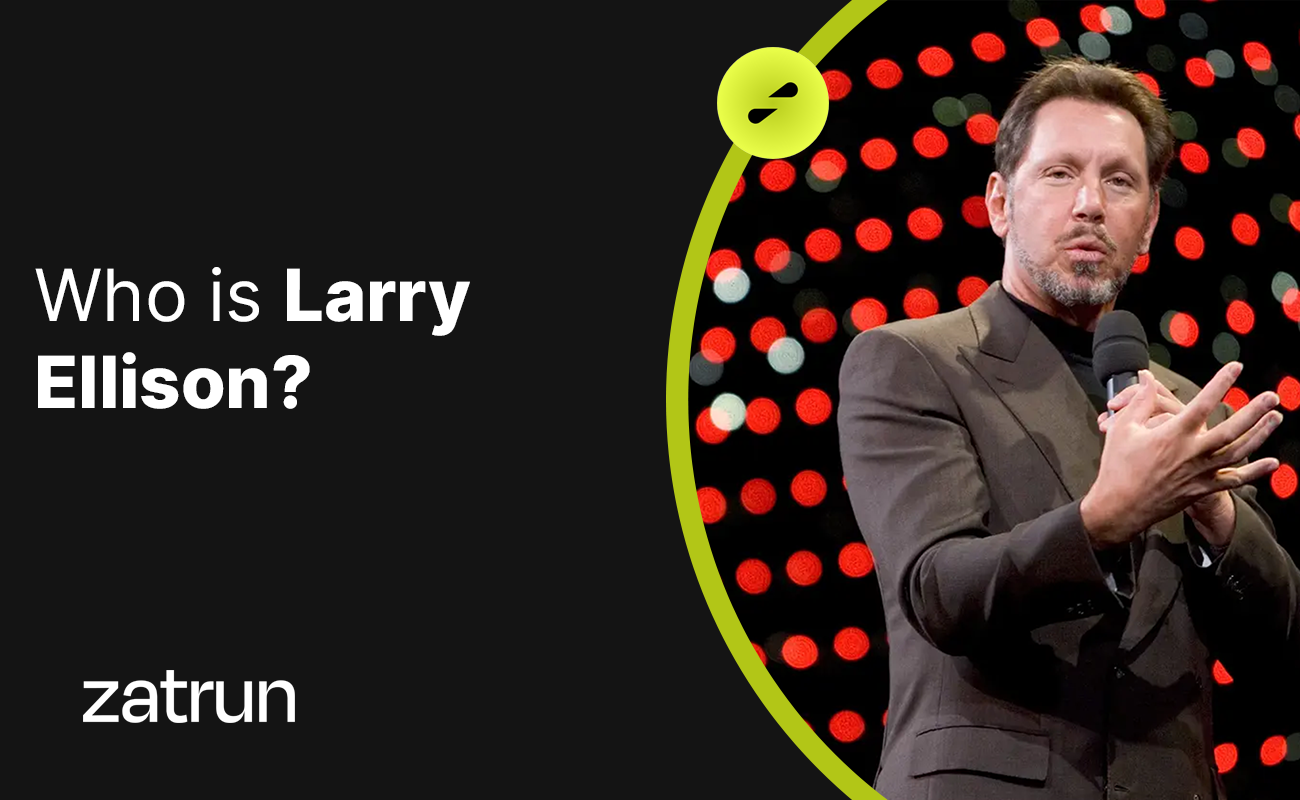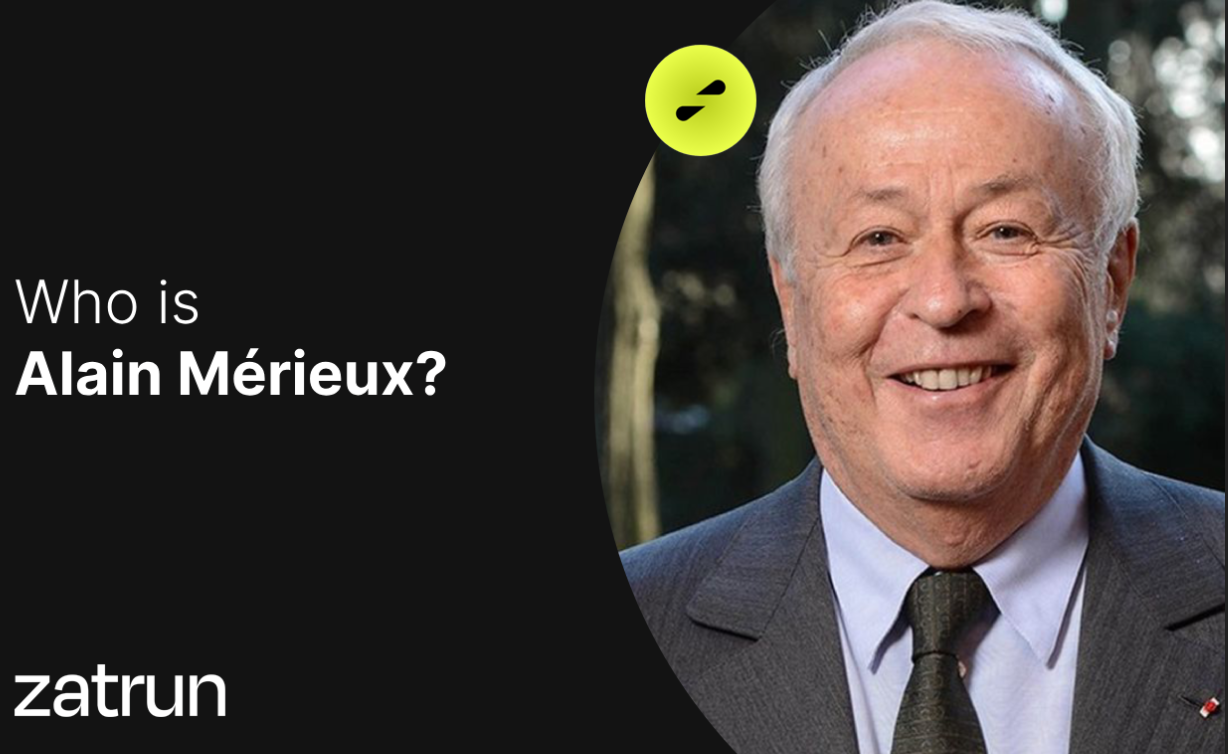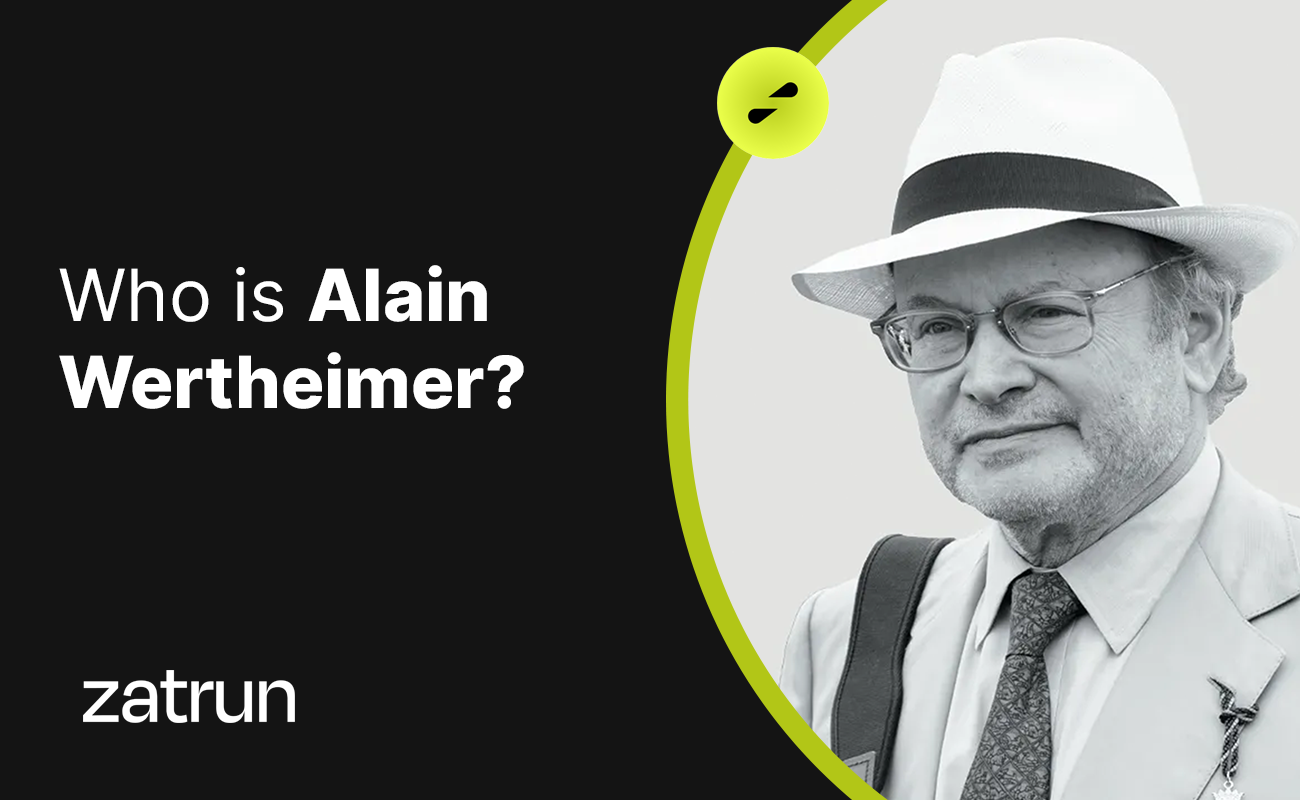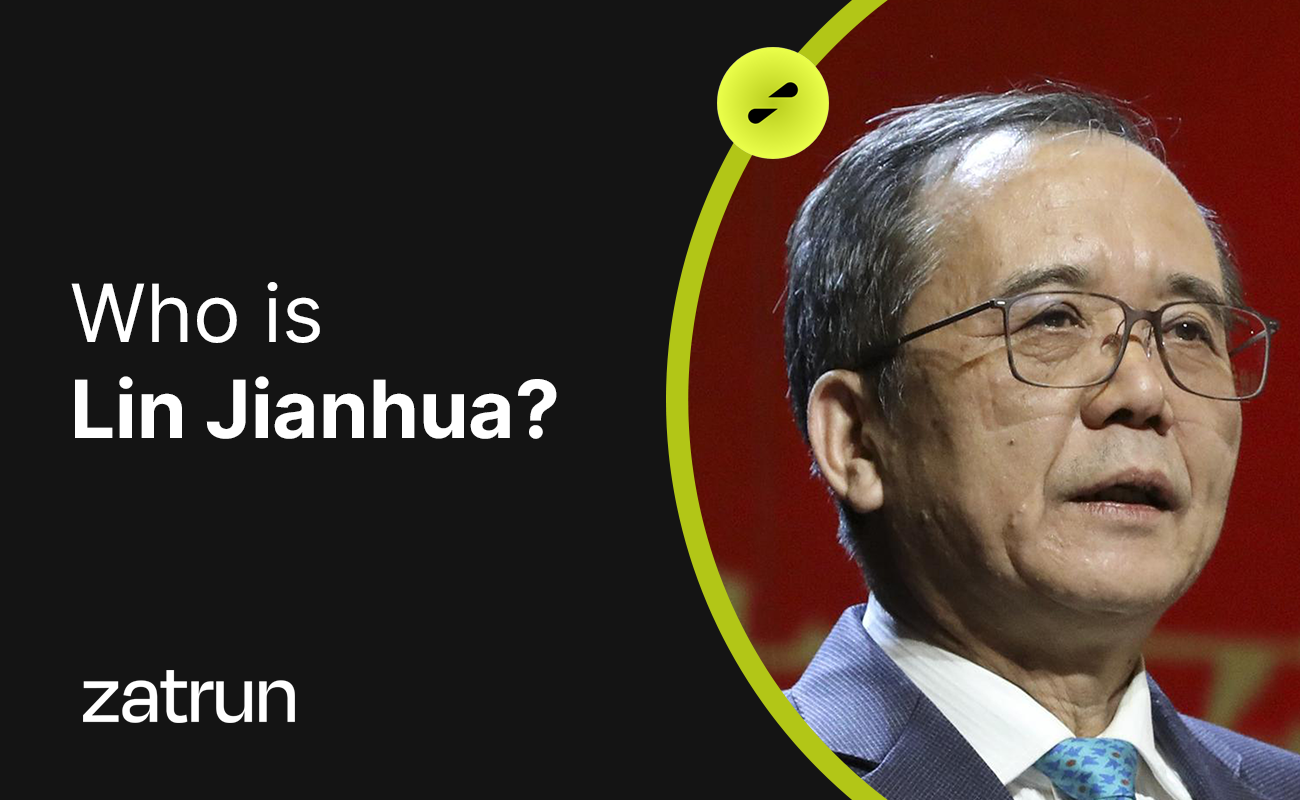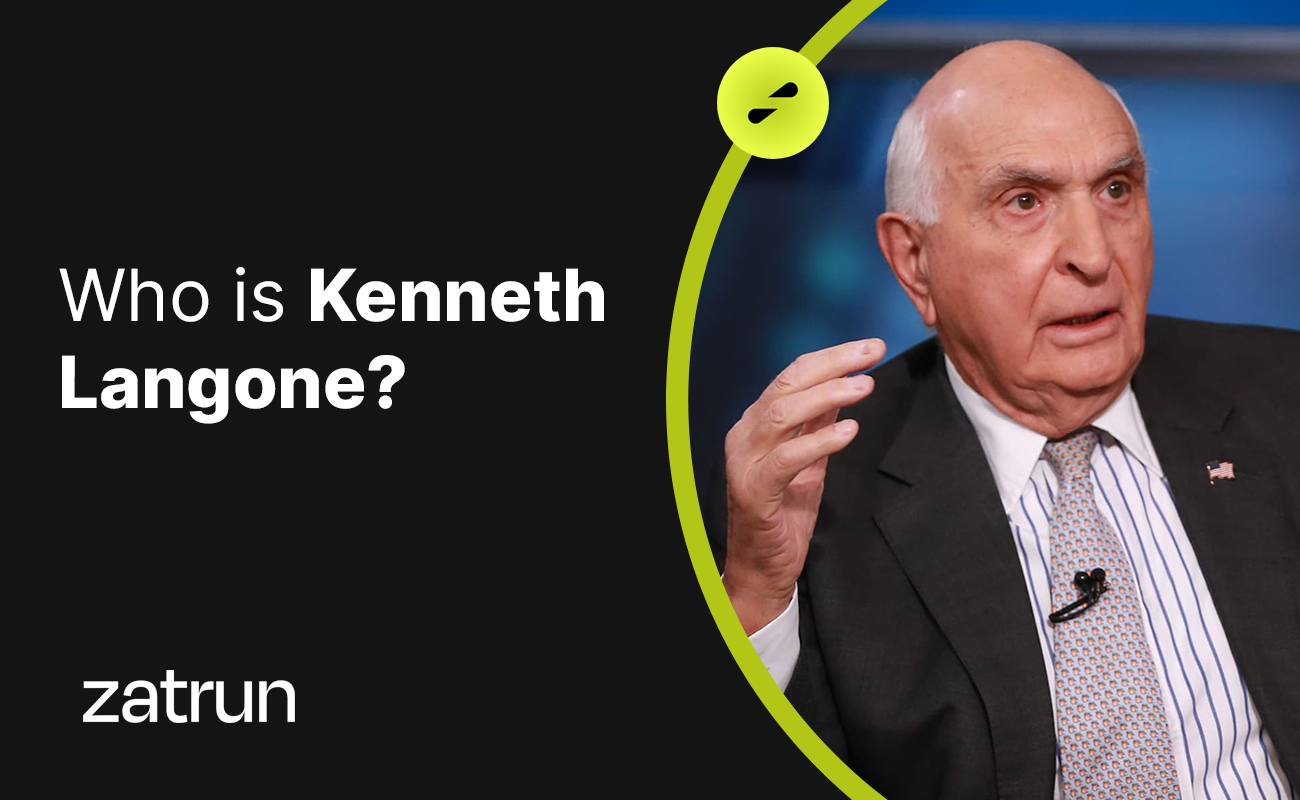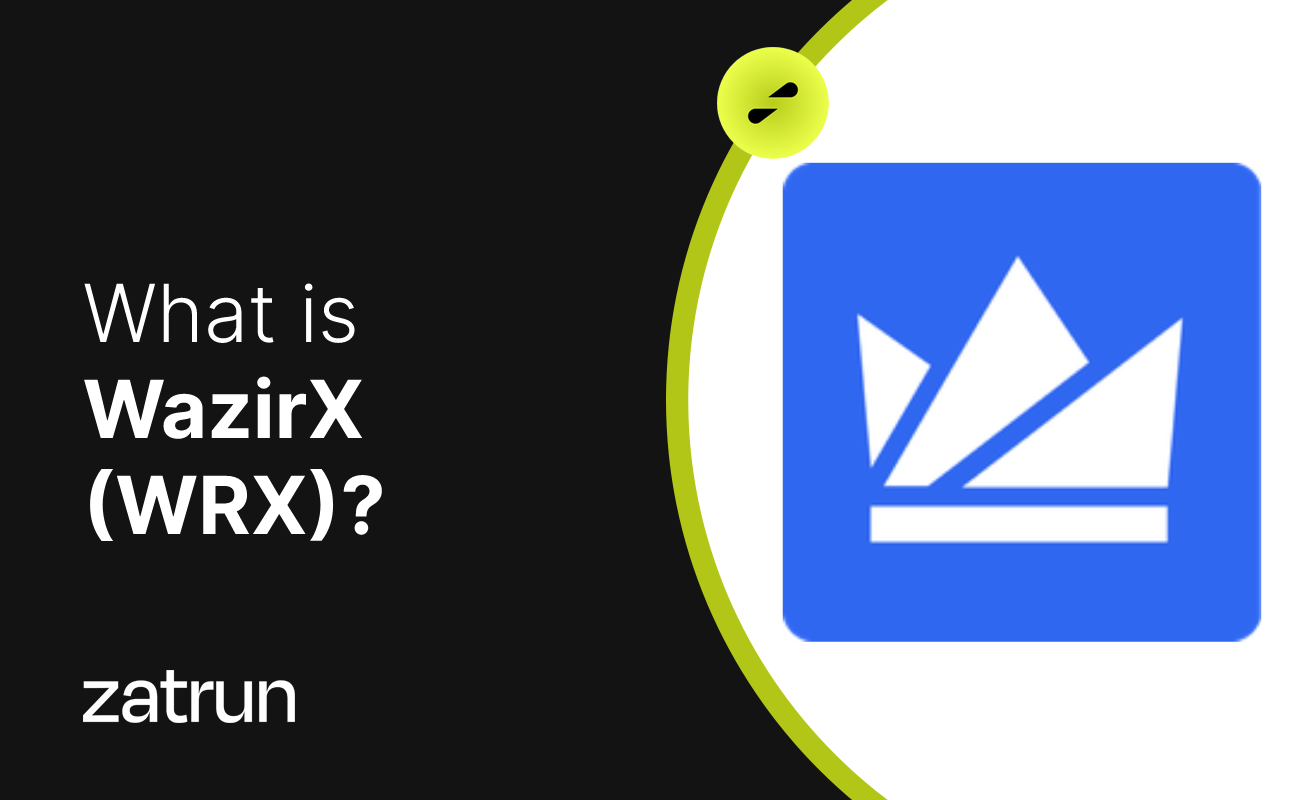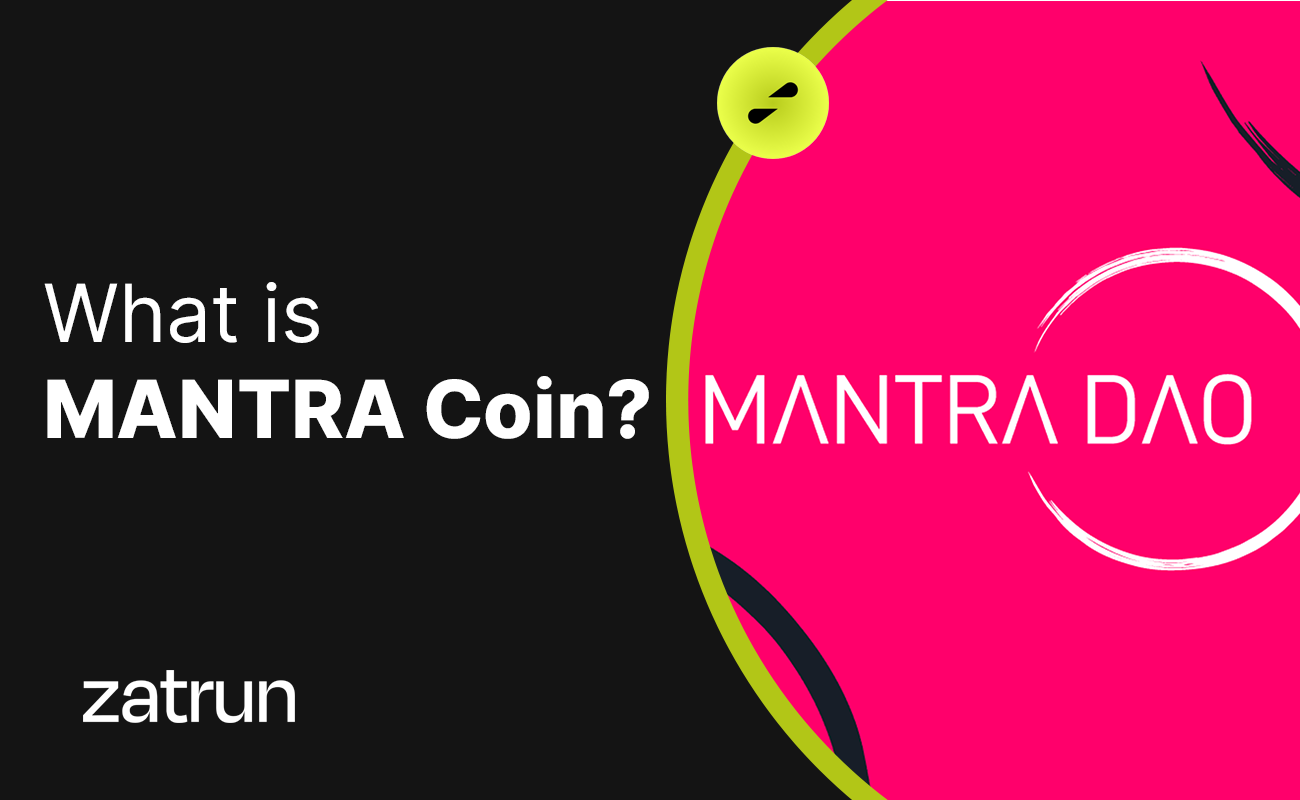In the realm of decentralized finance (DeFi), RAMP DeFi is making waves by optimizing capital efficiency on various assets, allowing non-Ethereum (ETH) users to stake on ETH platforms. RAMP DeFi is a multi-chain decentralized lending platform that enables users to interact with Ethereum, even if they don’t possess ETH. At the core of this DeFi ecosystem lies RAMP Token, the native cryptocurrency that empowers the platform and aligns the interests of all participants.
Before we dive deeper into RAMP Token and its ecosystem, let’s acknowledge the comprehensive analysis conducted by Zatrun.com. They’ve dissected RAMP DeFi’s innovative approach, providing valuable insights into its workings and benefits.
RAMP Project and Whitepaper
RAMP aims to empower users with access to a global, blockchain-agnostic liquidity network. The rapid growth of the staking economy, exceeding $300 billion by 2021, revealed inefficiencies in the markets, prompting the birth of RAMP. RAMP facilitates the staking of tokens on ETH platforms for both users with and without Ethereum. This, in turn, fosters greater adoption of DeFi.
RAMP operates through a mechanism that secures staked assets on non-ERC-20 staking blockchains with collateral in a stablecoin called rUSD, which is published on the Ethereum blockchain. Users earn staking rewards, unlock liquidity from staked assets, and maximize capital efficiency on stacked digital assets, all while facilitating interaction between Ethereum users and those who don’t possess ETH.
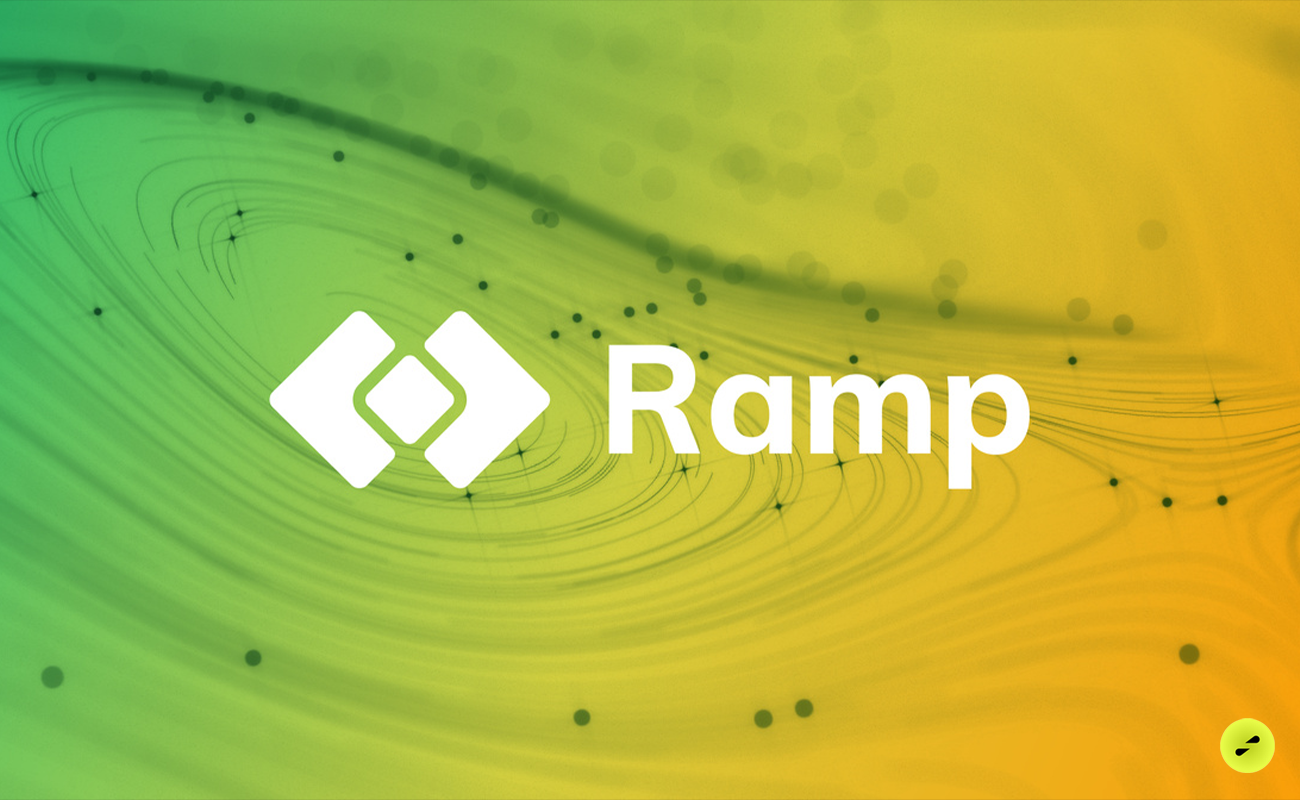
Founders of RAMP Token: Who Are They and Where Are They From?
RAMP was founded by Lawrence Lim and Loh Zheng Rong. Before RAMP, co-founder Lim had experience in international growth leadership at IOST and global sales management at TradeGecko. Rong, on the other hand, established NOX Pte Ltd and served as a blockchain consulting partner at Merkle Ventures LLP.
Diverse Use Cases for RAMP
RAMP finds applications in various areas:
- Collateral: RAMP Token can be used as collateral to unlock additional liquidity.
- Burning: Tokens are periodically burned through the value accrual process from protocol usage.
- Incentive and Growth Programs: RAMP plays a role in incentive and growth programs aimed at promoting community engagement, aligning user behaviors with protocol goals, and boosting the bootstrap growth of liquidity pools.
- Fee Exemption: When used as collateral, RAMP Token allows for fee-less issuance of rUSD.
What Sets RAMP Token Apart
RAMP distinguishes itself by optimizing token exchanges across blockchain systems efficiently. The ability to convert non-ERC-20 tokens into rUSD and utilize additional liquidity by borrowing rUSD opens up new opportunities for users. Moreover, cross-chain transfers of rUSD occur seamlessly.
While rUSD is currently issued on the Binance Smart Chain (BSC) and Polygon networks, the project envisions extending rUSD issuance to more blockchains in the future. Notably, when RAMP Token is used as collateral, users are exempt from transaction fees, further enhancing its appeal.
Advantages and Disadvantages of RAMP
Advantages:
- Passive income generation through staking and lending.
- Enhanced liquidity capability for non-ETH tokens on non-ERC-20 staking blockchains.
- Swift and seamless exchange of rUSD and eUSD.
- Token supply reduction through RAMP Token burning.
- Fee exemption when using RAMP Token as collateral.
- Smooth cross-chain transfer of rUSD.
- Broad range of use cases, including governance within the ecosystem.
Disadvantages:
- Direct competition with other DeFi protocols.
- ERC-20 tokens must collateralize eUSD issuance.
- Risks of attack and theft may necessitate safeguarding RAMP Tokens in hardware wallets.
RAMP Token’s unique features and commitment to expanding DeFi adoption make it a compelling asset in the ever-evolving DeFi landscape.


